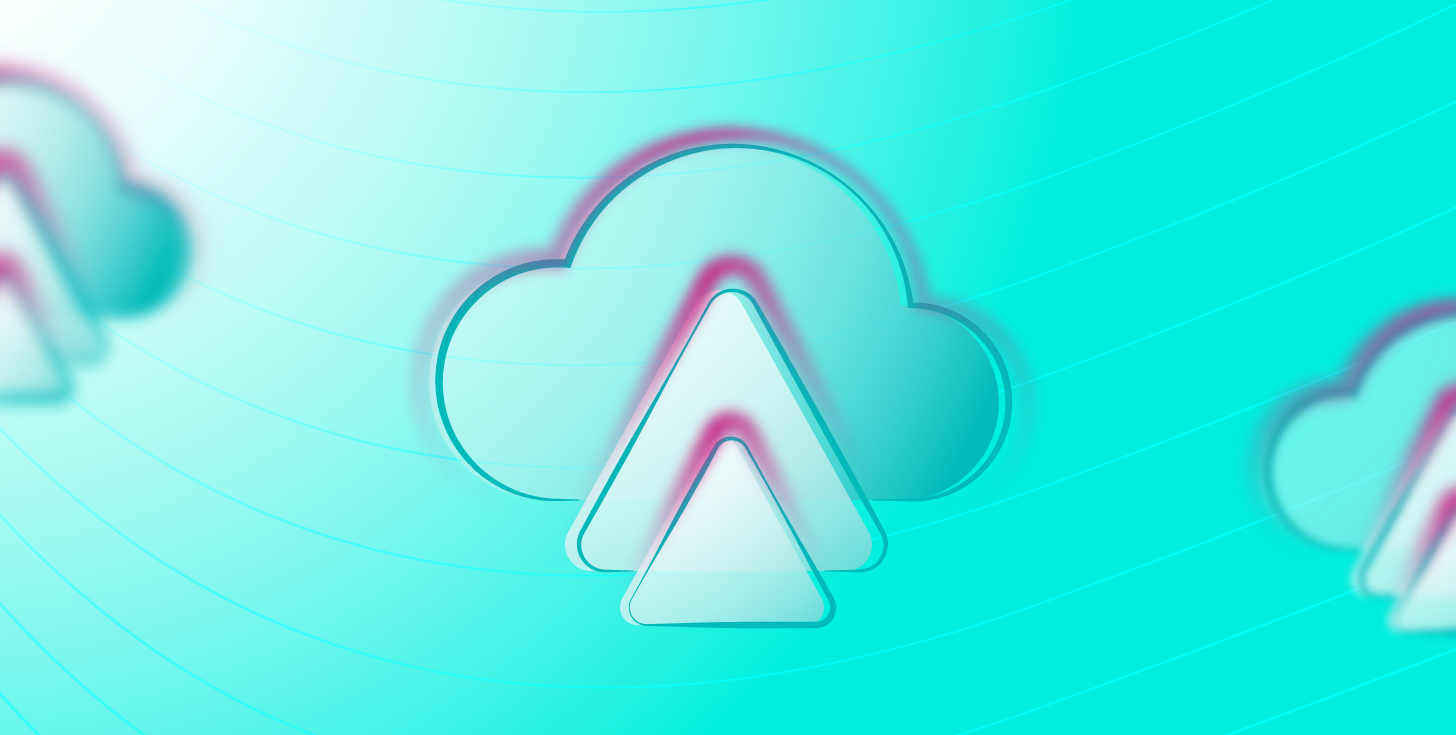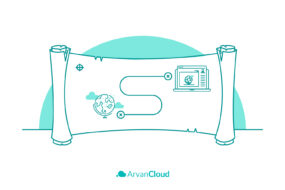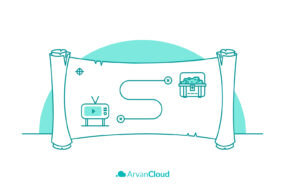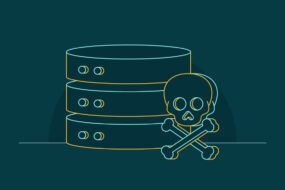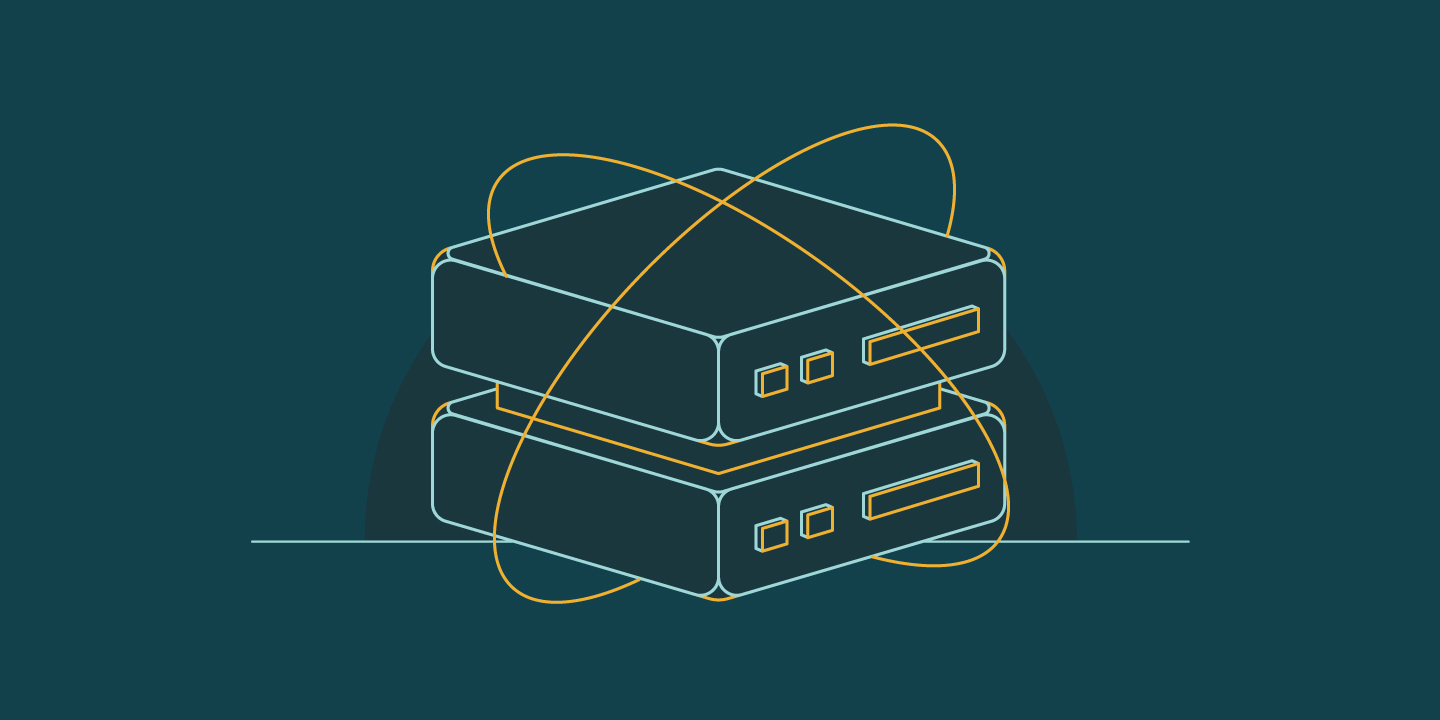
A server is a computer that hosts websites, files, and other services you may use on your devices. However, edge servers perform these functions over a network from multiple locations.
The modern network does not only rely on clustered servers located at a single location. Instead, it has multiple dispersed servers at the edge of its network for a more decentralized approach. Edge servers allow you to quickly serve user requests and increase network security.
Although edge servers are identical to traditional servers in terms of functionality, they operate from different locations near the end users. It could be a smart home device, an IoT device, or even a self-driving car.
The purpose of this article is to explain how edge servers can have a positive impact on your business operations by reducing backlogs and reducing lag.
What Is an Edge Server?
The edge server allows you to do data computation at the edge of your network. These servers are like regular servers in that they can be used for computing, storage, and networking functions. Data processing on edge servers will allow you to quickly fulfill end-user requests. You won’t have to worry about sending requests to centralized servers.
The purpose of these devices is to enable you to process raw data and return content to your computer that has been processed. Edge servers are much faster than normal servers in processing raw data.
There are two types of edge servers that are widely used today:
CDN Edge Servers: Your static content will be cached on these servers. This will not only allow you to speed up your website but also reduce your server’s response time.
Compute Edge Servers: These servers provide computing resources to your edge devices. Edge computing services will be able to provide you with all the functions that your applications will require.
How Does an Edge Server Work?
Let’s describe how edge servers work and how some applications can be used. You know now what edge servers are and what some of their applications can be. They are fascinating devices that are highly adaptable.
To get started, let’s assume that you have an existing network with both origin and destination servers:
- Users attempt to connect to your website, service, or app.
- The edge server closest to them processes their request.
- The edge server connects to the origin point and pulls the data it needs.
- Users get the data that they requested from the origin server.
CDNs, which are edge servers, can improve the performance of your website or service since they remove the need to process requests on the origin server.
What Are the Uses of Edge Servers?
Some of the benefits of including edge servers in your network have already been discussed. However, edge server applications do much more than just give your visitors faster download times.
Consider the scenario where you provide online banking services. You shouldn’t grant every user access to your origin servers from a security perspective. Use edge servers instead, which handle user requests, connect to the origin server to retrieve specified data, and then serve it back to the end users.
Edge servers are used to analyze data and connect to the origins while running or monitoring equipment from remote places, such as oil platforms. You can consolidate requests and more effectively transmit them to the origin servers by using edge servers.
Edge servers are used increasingly frequently as more devices get internet access. Edge servers, in contrast to conventional servers, are available in a variety of forms. That’s because they have a wide variety of uses, making it hard to use regular, heavy servers and racks.
Advantages of Edge Servers
Some of the advantages of edge servers are as follows:
Reduced Latency: Using edge servers can help you reduce network latency, enabling you to provide faster loading times and better performance to your customers. That will allow you to power your AI and IoT devices to make decisions in seconds and handle risky situations.
Data Security: With edge servers, you will transmit your data less to the central server. This will result in less time in transit for your data. You will also avoid storing your data on a central server, reducing the possibility of a data breach.
Better Availability: With edge servers, you can offer your users greater availability. If your origin server is offline, you can use edge servers to provide your services. This will assist you in improving customer experience.
Reduce Costs: Edge servers reduce your bandwidth requirements by reducing the need to send data. Using them will help you save money on bandwidth.
More Powerful Computing: With edge servers, you can increase your computing power and do more with fewer resources. They are generally inexpensive and can do lots of computing.
Keeping the Origin Server Secure: As a CDN edge server, you can hide your origin server’s IP address, acting as a proxy server between your server and client. This model will enhance data privacy and integrity and reduce your origin server’s vulnerability to DDoS attacks.
Reduced Workload on The Origin Server: When your origin server’s performance is degraded by sudden traffic spikes, you need to use a CDN server. A CDN server will handle your client’s requests in a particular region, reducing the impact on your origin server.
Disadvantages of Edge Server
There are several disadvantages associated with edge servers, some of which are highlighted below:
Challenging Maintenance: The edge servers you deploy will be deployed in multiple locations. Maintenance, monitoring, and updating of the equipment must be handled by a process. It is challenging to accomplish this task with an in-house team alone. You can outsource server management to a good CSP like ArvanCloud. There will be some additional costs associated with this.
High Cost: The deployment and maintenance of edge servers are costly. You need to purchase the hardware before you can use your edge server. Besides setting up advanced IT infrastructure for your new edge server, you must hire an IT team to improve your networking abilities.
Challenging in Managing High Data Volumes: Data volumes above a certain threshold will significantly impact your edge server performance. Moving your data to the public cloud or a data center is always more beneficial.
Edge Computing Use Cases
By integrating computers into a network, they can perform computation and connectivity closer to the point of usage, enhancing speed and response time for users. The healthcare, entertainment, and retail industries, among others, are just a few areas where edge computing is applicable.
Health Care
In the healthcare industry, edge computing is being used to track patients’ vital statistics in real time and maintain secure patient data.
Edge computing moves data processing, analytics, and storage closer to a patient’s home device or an on-site server in a hospital. If there are any strange trends or changes in the patient data, doctors can be alerted and take quick, potentially life-saving action.
The wearable technology used by patients is a simple illustration of an edge solution because it generates and receives data wherever the user is. For instance, a heart rate monitor analyzes patient data locally, including heart rate, blood pressure, and sleep patterns, providing doctors with up-to-date patient information.
Retail
Edge computing becomes crucial for retail firms, especially those who engage in e-commerce, to collect and send data between shops and customers.
Edge computing, for instance, makes it possible for distribution facilities that are close to customers to process and fulfill online orders quickly and accurately.
The magic of choosing a specific store location to check an item’s availability is also a result of edge computing. Additionally, it enables retailers to forecast sales more precisely, enabling them to better anticipate seasonal economic changes.
Entertainment
Any program can benefit from edge computing, but streaming services like Netflix and Hulu benefit the most.
By determining the optimum, low-latency network channel for a user’s internet traffic and providing a widely dispersed global cache or data repository for servers, edge computing optimizes content delivery networks (CDNs). This is crucial in the evening at any particular location when most people are at home relaxing after a long day at work.
The creation of increasingly individualized and engaging customer experiences, including smart chatbots, suggestions, and even offline interactions, is made possible by an optimized network. Performance metrics from edge computing are necessary for internet service providers to ensure dependable, quick internet that meets users’ professional and recreational needs.
The Differences Between Edge Servers and Other Networking Models
Now that you understand what edge servers do let’s review the differences between this type of networking model and others.
Edge Servers vs. Origin Servers
A traditional network model involves one or more origin servers to which end users are directly connected through their computer interface. In this model, the user requests go through a straightforward process to reach the origin server.
- Users try to access your website, application, or service by connecting to its server.
- The server processes their requests and returns the data they need.
- End users get the data and render it through a browser, an app, or another application.
There are several ways to connect to a network; depending on the protocol (HTTP, HTTPS, and FTP) the users use, it can be quite complicated. However, the network’s structure remains the same regardless of the users’ protocol.
The network will have a different way of processing user requests once you add edge servers to the mix. We discussed that process in “How Does an Edge Server Work?”.
Edge Servers vs. Cloud Computing
The centralized networking model we discussed in the previous section assumes that the origin servers are all physically located in the same place. By utilizing cloud computing, you can connect multiple servers through the cloud, which means you can interact with multiple servers in various locations from the comfort of your home.
In comparison to a centralized model, cloud computing provides nearly infinite scalability. You can always “grow” the network by adding more servers; with a centralized model, you are limited by physical space and geographical location.
It’s usually possible to extend the network’s power and pay only for what you use with cloud computing. That makes it much more flexible and cost-effective than using traditional data centers. Edge servers can be incorporated into cloud computing models while still providing all of the same functionality they offer within centralized networks, yet they add cloud computing benefits as well.
Frequently Asked Questions (FAQs) about Edge Servers
- What is an edge server in CDN?
Edge servers on CDNs are strategically located servers that provide users with cached versions of static content from origin servers. CDN edge servers store images, JavaScript, HTML, and downloadable files.
- What is the difference between edge and CDN?
Despite the differences, edge computing and CDNs are both improving how people and organizations interact with data regardless of their differences. CDNs primarily transmit cached data in real time, while edge computing supports several types of computing, including live streaming, gaming, and machine learning.
Conclusion
It is typical for edge servers to face some challenges. Each new technology goes through this phase, even cloud computing had its share of security challenges at the beginning, but now it is one of the most important technologies.
By leveraging edge computing, companies can provide better services to their customers, which is why they will take advantage of this opportunity. Edge computing can assist you in finding new business opportunities and improve the efficiency of your operations.
In this article, we have highlighted some drawbacks that edge servers can have for your business and some benefits they can offer. These benefits can easily outweigh the disadvantages we have mentioned in this article.
Using edge servers and the cloud is extremely challenging for small and medium-sized businesses today. For this reason, these companies need to work with CSPs such as ArvanCloud to assist them in implementing these latest technologies without hiring an IT department.


